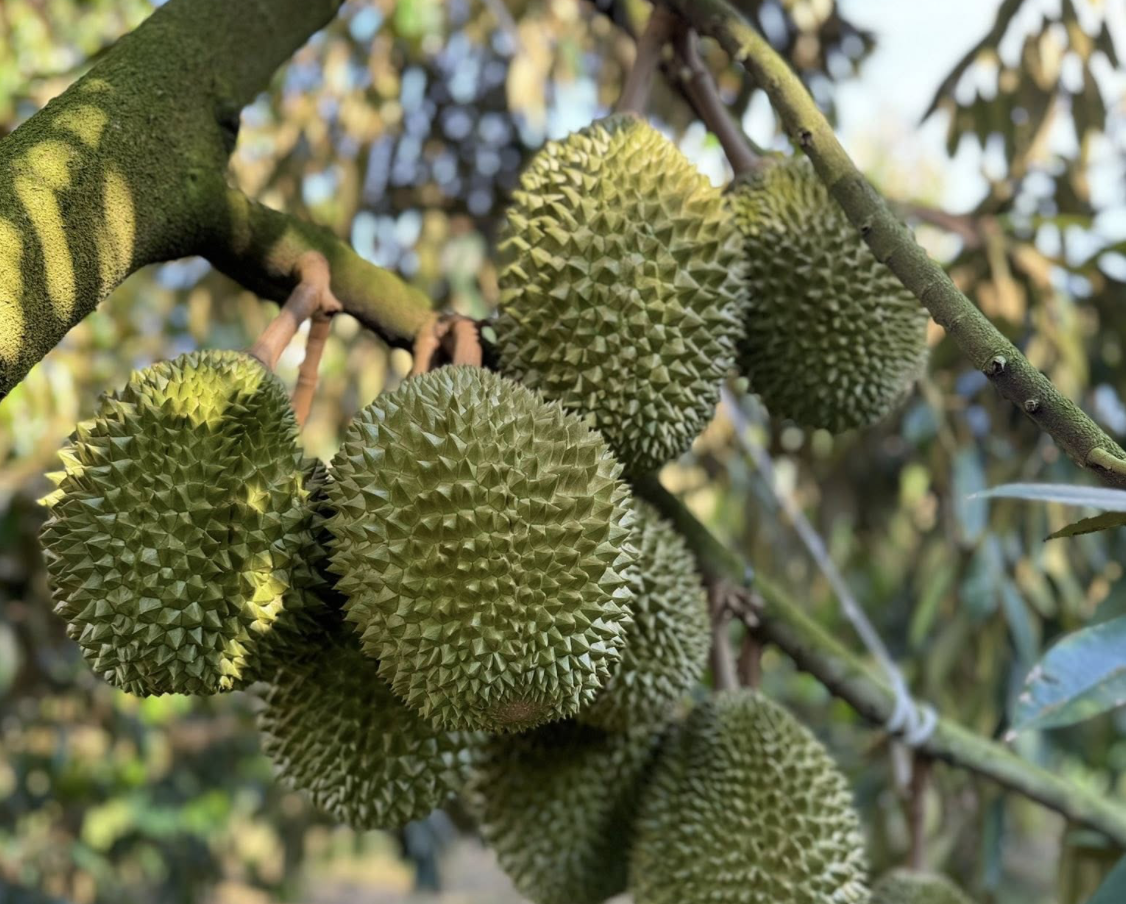Dang Phuc Nguyen, General Secretary of the Vietnam Fruit and Vegetable Association, explained that at the end of last year, China detected auramine O, a potential carcinogen, in Thai durians. In response, China began screening 100% of durian imports from all countries for this substance and for heavy metals.
Thailand quickly collaborated with Chinese authorities to implement a control system. Just days later, China recognized Thai testing facilities for auramine O and cadmium (a heavy metal).
Thailand also rapidly built over 300 mini testing labs to inspect durians right at the orchards. This became the first “filtering” stage, serving as a reference for exporters to source compliant produce.
The second stage required exporters to submit their goods to China-recognized labs for a second round of testing before certification. As a result, although Chinese customs still inspected all Thai shipments at the border, violations were minimal.
Thanks to this, Thailand’s durian exports were soon subjected to only 30% border inspection instead of 100%, effectively placing them in the “green lane” for customs clearance, said Nguyen.
In Vietnam, the Department of Crop Production and Plant Protection under the Ministry of Agriculture and Environment reported the existence of 12 labs capable of testing cadmium and 9 labs for auramine O, located in Hanoi, Hai Phong, Da Nang, Ca Mau, Can Tho, and Ho Chi Minh City.
To date, all nine labs for auramine O testing in durian have been certified by Chinese authorities.
However, Nguyen pointed out that each durian export batch is sourced from many different farms, and test samples are taken randomly. As a result, even if certificates are obtained from approved labs, high violation rates still occur at border checks. This proves that a single round of testing is insufficient.
“To reduce inspection frequency at the border, the violation rate must be low. If customs find no violations over a period of time, they may waive checks and allow direct clearance,” Nguyen stressed.
Therefore, he recommended that Vietnamese authorities establish more thorough initial filtering steps. The country could follow Thailand’s example by licensing mini labs for on-site quality checks at orchards.
As the situation becomes more urgent with the durian peak season underway, Minister of Agriculture and Environment Do Duc Duy recently convened an emergency meeting to discuss solutions. In the short term, the ministry will coordinate closely with Chinese customs to address technical barriers hindering exports.
In addition, Vietnam is expediting the issuance of growing area codes, packaging facility approvals, and lab certifications for export purposes. The ministry is also fast-tracking the publication of phytosanitary procedures for durian to provide a foundation for evaluating export capacity and adjusting plans accordingly.
According to the Vietnam Fruit and Vegetable Association, at peak times last year, thousands of durian-laden container trucks lined up at border gates each day. Without a reduction in inspection frequency, durian exports in this year’s peak season will face serious obstacles, risking prolonged congestion.
Tam An

